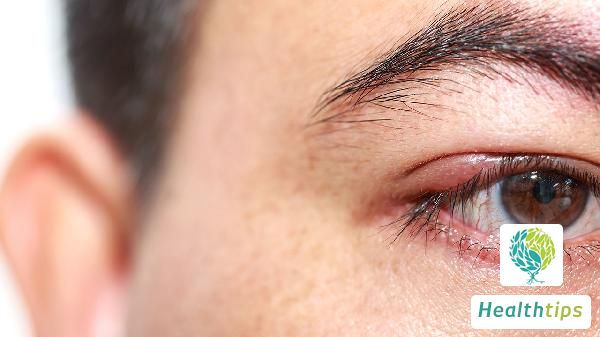"What Should I Do When a Gout Attack Occurs?"
Gout Management and Treatment
Gout, a prevalent metabolic disorder, primarily arises from excessively high uric acid levels in the body. When patients experience symptoms such as joint redness, swelling, and pain, it indicates a possible acute or intermittent phase. Here's a comprehensive guide to managing gout:

1. General Treatment
Firstly, bed rest is crucial, with the affected limb elevated to alleviate edema and discomfort. Secondly, apply ice packs wrapped in a towel to the affected area for up to 24 hours to alleviate symptoms, ensuring to avoid skin frostbite. Additionally, dietary modifications are necessary, advocating a low-purine diet that minimizes the consumption of foods like animal viscera.
2. Medication
If general measures fail to improve symptoms, non-steroidal anti-inflammatory drugs (NSAIDs) like Ibuprofen Sustained-Release Capsules or Diclofenac Sodium Sustained-Release Tablets can be prescribed under medical supervision for pain relief and swelling reduction. For those with significant inflammation and no contraindications, corticosteroids like Prednisolone Acetate Injection may be administered to rapidly resolve inflammation. Furthermore, Colchicine and Benzbromarone can be used in conjunction to lower uric acid levels, strictly adhering to medical advice.
3. Surgical Intervention
For individuals with persistent tophi or recurrent gout attacks, surgical options like excision or artificial joint replacement may be considered. Additionally, maintaining healthy habits, engaging in regular exercise, and boosting immunity are essential. Regular check-ups, including blood tests and assessments of liver and kidney function, are vital to monitor disease progression and adjust treatment plans accordingly.



















